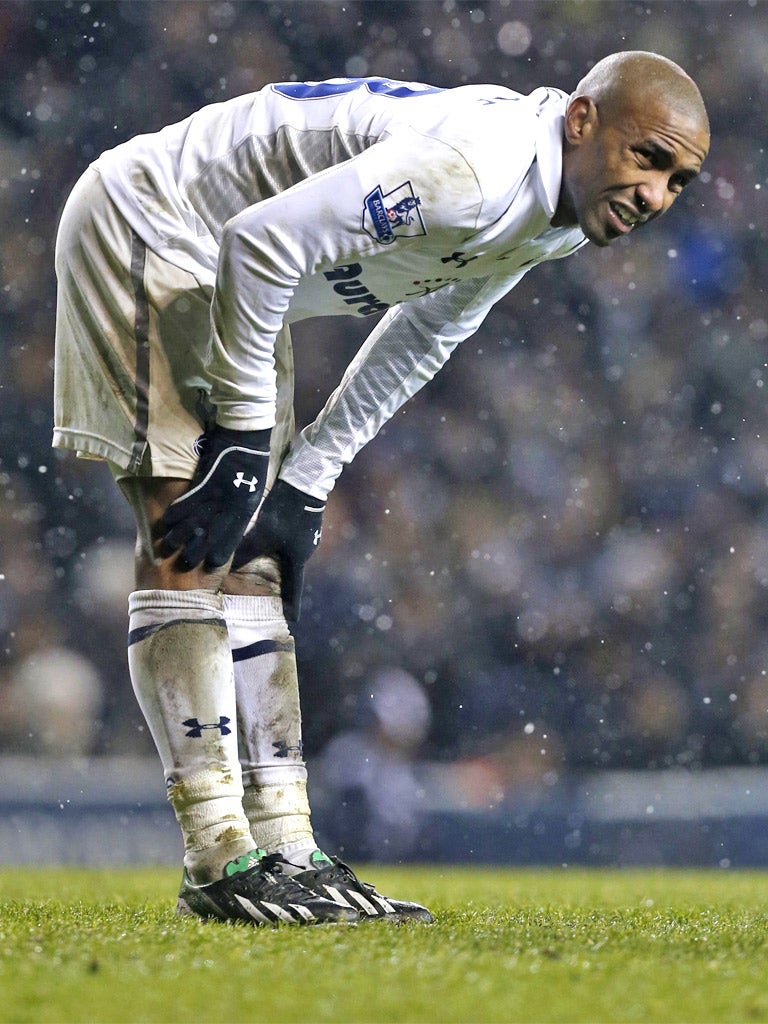Jeremy Laurance: Blood spinning – legal but controversial
Tottenham have used the method to speed up the return of Jermain Defoe

Your support helps us to tell the story
From reproductive rights to climate change to Big Tech, The Independent is on the ground when the story is developing. Whether it's investigating the financials of Elon Musk's pro-Trump PAC or producing our latest documentary, 'The A Word', which shines a light on the American women fighting for reproductive rights, we know how important it is to parse out the facts from the messaging.
At such a critical moment in US history, we need reporters on the ground. Your donation allows us to keep sending journalists to speak to both sides of the story.
The Independent is trusted by Americans across the entire political spectrum. And unlike many other quality news outlets, we choose not to lock Americans out of our reporting and analysis with paywalls. We believe quality journalism should be available to everyone, paid for by those who can afford it.
Your support makes all the difference.Blood spinning is a recognised, though still controversial, technique for speeding up healing both in conventional medicine and in sports medicine.
It is legal – the controversy comes because there is dispute about its effectiveness.
It is used by some specialists in orthopaedic surgery to help with the repair of tendon injuries. It has also been used in cosmetic surgery and urology as well as by athletes such as footballers, most notably at Chelsea.
The technique involves taking a sample of the athlete's blood and spinning it in a centrifuge to increase the concentration of platelets, the constituents of the blood that promote clotting and assist the healing process.
Blood typically contains six per cent platelets but the spinning process can increase that fourfold. Platelets contain growth factors which aid healing.
Platelet-rich plasma injections – the technical name for the process – have been used to treat many musculo-skeletal injuries, including those of tendons, muscles and joints. Typically two or more injections are needed, between four and six weeks apart, but this may vary on the injury.
Professor Angus Wallace, an orthopaedic surgeon specialising in sports medicine and chair of the appeals committee of the Faculty of Sport and Exercise Medicine, said: "It may work but the evidence in support of it is controversial. It is done in orthopaedics to speed healing of torn tendons in the shoulder.
"It should provide a short-term gain and there is little risk of long-term problems. If it doesn't work the athlete will not be fit to play because they will still be in pain."
Blood spinning is not to be confused with blood doping, the technique used by Lance Armstrong, among others, to boost endurance during the Tour de France, which is illegal.
Blood doping involves removing a half-litre of blood from the athlete a month before a race, waiting for the body to regenerate the lost red blood cells and re-infusing the initial blood 24 hours in advance to provide extra oxygen-carrying capacity.
So platelet-rich injections boost healing – possibly – and not performance.
Join our commenting forum
Join thought-provoking conversations, follow other Independent readers and see their replies
Comments